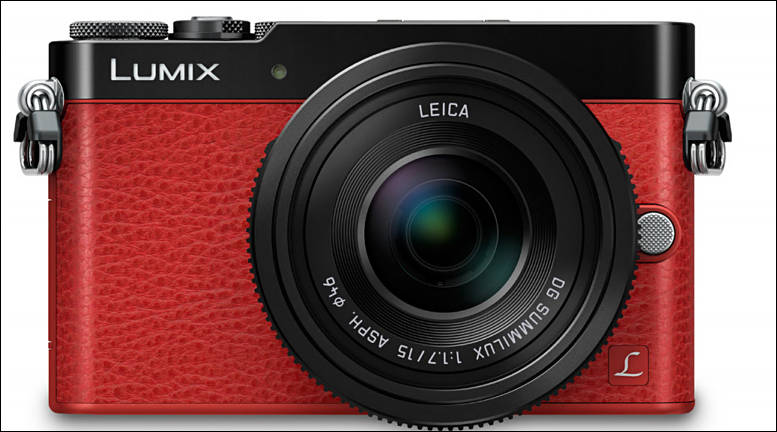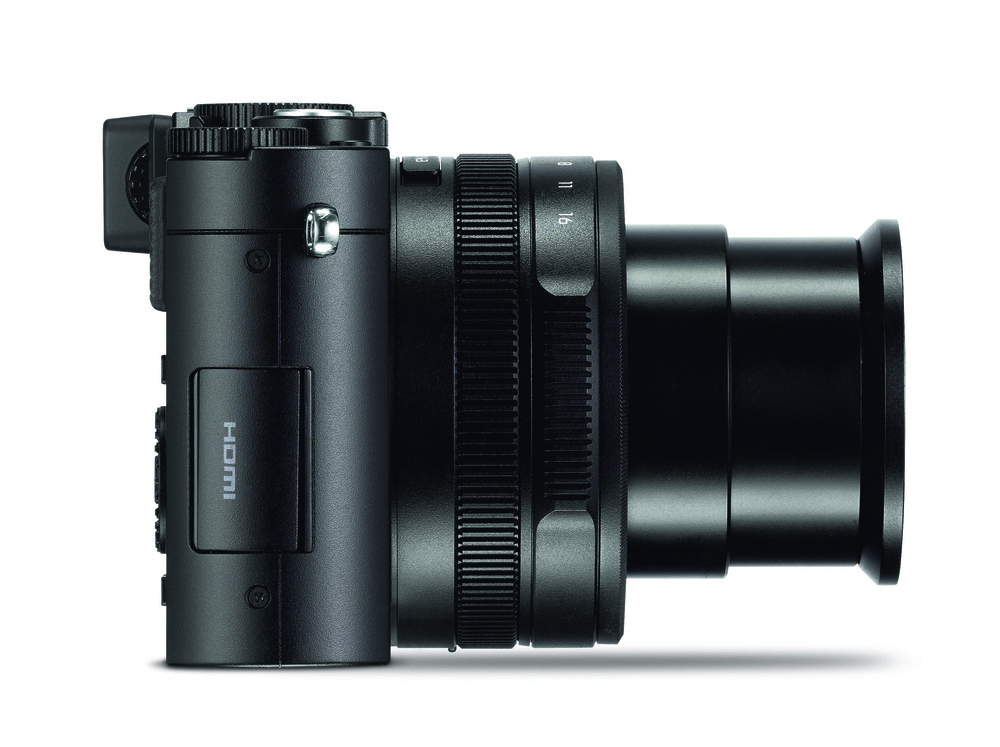
Earlier this year I lusted after the Panasonic Lumix GM1. Apart from an off-the-sale cuteness factor, this little camera is the smallest competitor in the micro four thirds world. A little, pocketable camera than can mount a bewildering array of Leica, Panasonic and Olympus lenses. What is there not to like? Well, precisely, the lack of a viewfinder and the absence of a hotshoe so not even the chance to use an optical viewfinder with a suitable prime lens.
Now comes the GM5, essentially a GM1 with a viewfinder. This addition transforms the GM1 into a serious little camera that will win converts. I am again tempted. Panasonic has the edge in squeezing electronic viewfinders into small bodes. Look at the LF-1 (Leica C) which is a tiny pro-style point-and-shoot but with an equally tiny EVF. As viewfinders go it is pretty basic but, as I said when I tested the Leica C, it is there and it is actually very usable.
Both these cameras, and the larger but very capable GX7, have the advantage that the viewfinder is not mounted in a pod on top of the camera (as with, say, the Fuji XT-1, the Sony A7 or the Olympus OMD). They are less bulky and easier to carry around.

The GM5 makes a great system camera if you want to thin down that big old camera bag. It is so small that Panasonic is now introducing a new range of lenses to go with the dimensions. Many existing lenses, although small by interchangeable lens standards, are actually bigger than the camera.
If you don’t want the hassle of changing lenses and are happy with a fixed but fast zoom, then the new Panasonic LX100 (Leica D-Lux) makes an excellent choice. From my point of view, as the owner of a full-frame system camera, I am not too interested in starting over again with a collection of MFT lenses. So the D-Lux, with its fast 24-75mm Vario-Summilux will probably be my choice as a small but capable go-anywhere camera. It is likely to be a superb travel camera.
What I take from all of this is that the current range of options in mirrorless cameras is exciting. In the MFT camp Panasonic and Olympus are slogging it out and offering a wide range of options from the little GM1 right through to the pro-standard Olympus OMD-EM1. In the mirrorless APS-C sensor market the current hot favourite is Fuji with the X-E2 and X-T1. Fuji have a fantastic range of prime and zoom lenses. Leica (with the T and the X range) is in the business of offering a premium choice in APS-C while Sony is strong in APS-C and is currently the only contender in the full-frame mirrorless market (if we ignore the Leica M rangefinder, of course). I don’t think the choice has ever been greater and the big challenge is in making up your mind.

This looks like a ripper of a camera.If Leica’s business partner,Panasonic, can squeeze a very usable EVF into such a small body why can’t Leica lean on them to get the same kit to build an EVF into the T and the X cameras?
The clumsy and old tech EVF on the T and the X Vario really are not good enough.And I won’t talk about how much the old tech EVF costs.
Time to extract digit Leica.